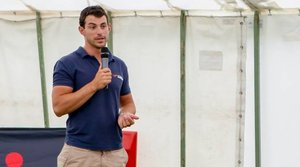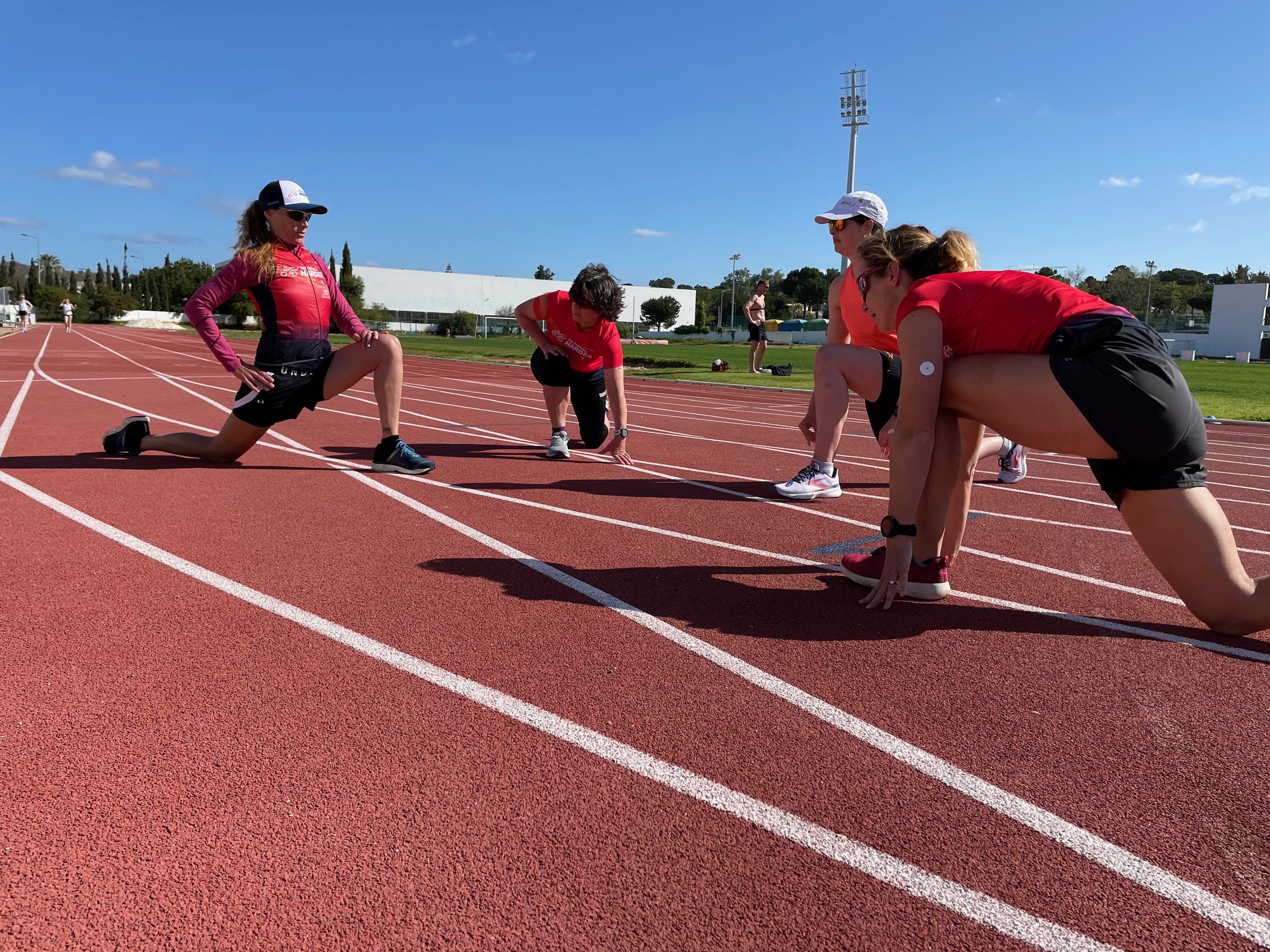What can coaches and athletes learn from first aid?
In this article, coach Philip explores the uncanny similarities between the topics covered in a first aid course and the topics coaches and athletes may be more likely to see in training manuals or on social media. Read on to see what we can learn from first aid when we put our endurance athlete cap on.
On a recent first aid course, we were working through some of the more obscure potential ailments (beyond chest compressions), and it dawned on us that several of the things we covered were familiar.
Many of the topics we learned about are also training methodologies or enhancements: Heat exhaustion comes from heat training. Hypoglycemia is also known as fasted training. Hypoxia is altitude training; dehydration or hyponatremia is a poor hydration strategy or deliberately not drinking in a session because you wouldn’t drink in a race. There are others too, but let’s keep the list brief!
Why does this matter for coaches or athletes?
Looking at the list above, it is clear that many of these training enhancements are precisely that – they are enhancing training. Altitude training may not be considered the central pillar of training for all athletes at all levels; it is usually reserved for the more advanced athletes looking to optimise their performance. It is still, though, a known training method and most semi-serious athletes will at least know that altitude training is something that can be done to get faster, even if the details of how are vague.
Nevertheless, fasted training, heat training and several other of these enhancements are positioned as typical training modalities amongst regular everyday athletes. If you look at the whole athlete's experience, they should focus on other, lower-hanging fruit. This may create an echo chamber that can be dangerous for athletes. If the more experienced athletes are talking about these training methods as “normal”, it is a reasonable assumption for a new athlete looking to them for insight and advice to try and do the same. After all, one of the most common media titles is “train like a pro!”. We will come back to this point later in this article. First, though, we must point out that, as with all enhancements, you must have something to enhance.
"A house is only as strong as its foundations."
A lot of the enhancements are looking at "marginal" gains. Increasing your red blood cell counts will improve your oxygen-carrying capacity and mean you can work harder. That time spent adapting appropriately to make those modest gains could be better spent learning how to swim faster, stay uninjured, or improve your bike handling skills. All of which could be more significant gains and are easier to do.
Furthermore, many of these enhancements work best when you have an already-optimised system! Trying to improve someone's ability to operate when fasted when they are already struggling to hit their daily energy requirements is more likely to end in an injured or burned-out athlete than any tangible performance gains.
So if you are a coach or an athlete looking to embark on these training modalities, have you put in place the best foundation to take advantage of the effort required to maximise the potential gains from these methodologies?
Do no harm
The severe undertone about these points is that a lot of the methods you see out there (even by its very nature, general "training" is included in this list!) have the potential to do significant damage to the human body. There is a fine line between training and injury, and often age-group athletes who are busy and time-pressed look for marginal gains before they check they have made the more straightforward basics to see significant improvements. Yet these marginal gains usually come with bigger risks. These subtle points are often overlooked by coaches and athletes excited to try the latest approach or the new “marginal” gain. For us, this is the same as building a roof before you build the house's walls and foundations! It may sound incredible, but there is a reason houses are usually made with the roof going on at the end!
The most incredible roof will fail without appropriate foundations and may cause harm. The same is true in training and coaching. By the end of the first aid course, we were reminded that coaches must tread a very deliberate line on the right side of the health and welfare of athletes, but it is all too easy to make a mistake and fall on the wrong side of that line. It is much better to get the foundations, walls, windows, and doors right before worrying if you should have red or grey tiles on your roof. The risk is lower, and the gains are usually greater.
Houses with good foundations last a lot longer than those without; our preference as coaches is to work with athletes who can sustain their training for many years to come rather than be a quick flash in the pan.
We would rather keep the training modalities and first aid course a little more separate unless (like with first aid) we can bring in specialists and monitor an athlete's health to ensure we get it right

Philip is the founder of Tri Training Harder LLP. He’s a British Triathlon Level 3 coach, and has been coaching for over a decade and is involved with mentoring and developing other coaches.
Philip has have coached athletes to European and World AG wins, elite racing, many Kona qualifications, IRONMAN podiums and AG wins.
Alongside the conventional development through many CPD courses, he has also been fortunate enough to work alongside experts in the fields of Physiotherapy, Strength and Conditioning, Nutrition, Psychology, Biomechanics, Sports Medicine. Putting this knowledge into practice he has worked with thousands of athletes to various degrees, from training camps in Portugal and around Europe, clinics in the UK and online coaching.
Visit Philip's
Coach profile
We’re here to help
Tri Training Harder are one of the leading Triathlon coaching providers in the UK, using our wealth of experience to unite scientific and technological research with already well-established and successful best practices, to create a formula for triathlon and endurance coaching that works.
The result is an honest, dynamic, yet simple new way of constructing an athlete’s training to allow them to reach their potential.
If you’re planning your next season, just starting out in the sport or are looking for extra guidance at the very top end of the field, we are here to help, and our coaches would be delighted to hear from you. You can contact us via the website, and one of the team will be in touch.

